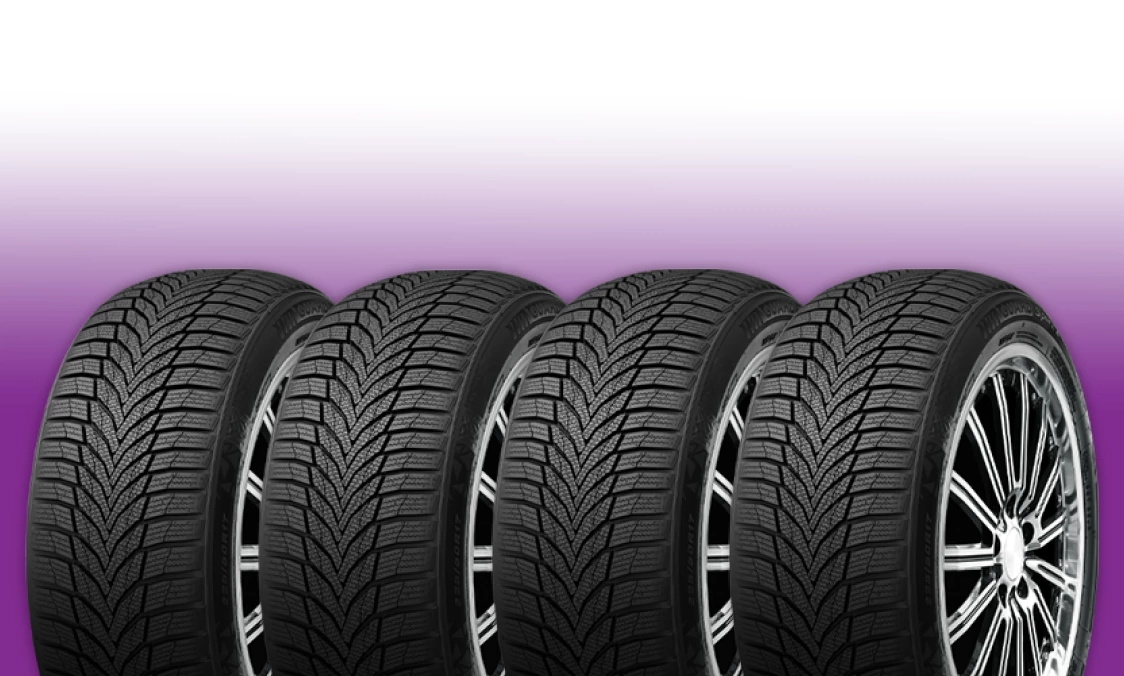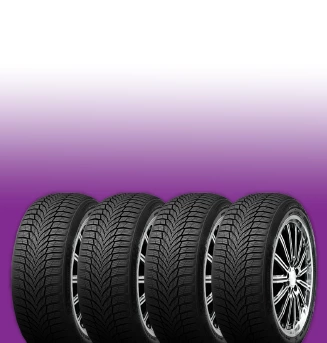Flat Tire? Three?s the Charm (Tire Repair)
August 18, 2024
For most drivers, at some point you’re going to have a flat tire. Depending on how it was damaged, it may have to be replaced. But sometimes, a repair will do the trick, as long as the puncture isn’t on the sidewall and the hole is smaller than ¼ inch/6.35mm in diameter. Here are the three common ways your tire can be fixed.
One way is to put a plug in the hole. Since most tires are damaged by running over sharp objects such as screws and nails, the small hole from which the air is escaping is on the part of the tire that touches the road. If it’s in the sidewall, it most likely can’t be fixed.
In the plug method, a technician inserets a rubber plug. It is covered with some sticky, gluey stuff, and is pushed into the hole from the outside. That plugs the hole and stays in place, thanks to the glue. Friction from driving heats it up and seals the deal.
Another method is to patch the hole. For this, your tire has to first be taken off the vehicle, then off the rim so the technician can get access to the inside. There, they’ll clean the inside surface around the hole and apply a rubber patch with an adhesive on it. This type of patch works well, and because of the extra steps and complexity, costs more than having your tire plugged.
There’s also a combination of those methods just described, the plug-patch. It is, in essence, a type of patch with glue on it that has a plug sticking out of it. The plug is inserted into the tire from the inside and pulled through the hole from the outside, drawing the attached patch tight against the tire’s inside surface. The last two methods can’t be used if the hole is near another repair or the sidewall.
The good news is if it’s fixed properly, your repaired tire should give you good service.
Spartan Tire Brighton
4880 Old U.S. 23
Brighton, MI 48114
8102277377
Need Service?
More articles from Spartan Tire Brighton

Cabin Air Filter and Engine Air Filter: What?s the Difference?
December 7, 2025
You may have heard someone say they just got the air filter replaced in their vehicle. But did you know your vehicle has two different major air filters and they both perform quite differentbut very importantduties? Todays vehicles have a cabin air filter, and an engine air filter. The engine a... More

10 Things That Are Lowering Your Fuel Economy
November 30, 2025
Regardless of whatever current gas prices may be, if you could use less gas, wouldnt you? Well, here are 10 things that are robbing you of better fuel economy that you can change for the better: Not enough air in your tires. Underinflated tires have a smaller rolling diameter and more res... More

Stop! And See Us (Brake Pad Replacement)
November 23, 2025
If youve ever driven a bicycle with hand brakes, youll probably understand how the brake pads on your vehicle work. Bicycle brakes use a system that squeezes the bike wheels rim with a pair of cushioned pads activated by your hand squeezing the hand brakes on your handlebars. The friction of tho... More








